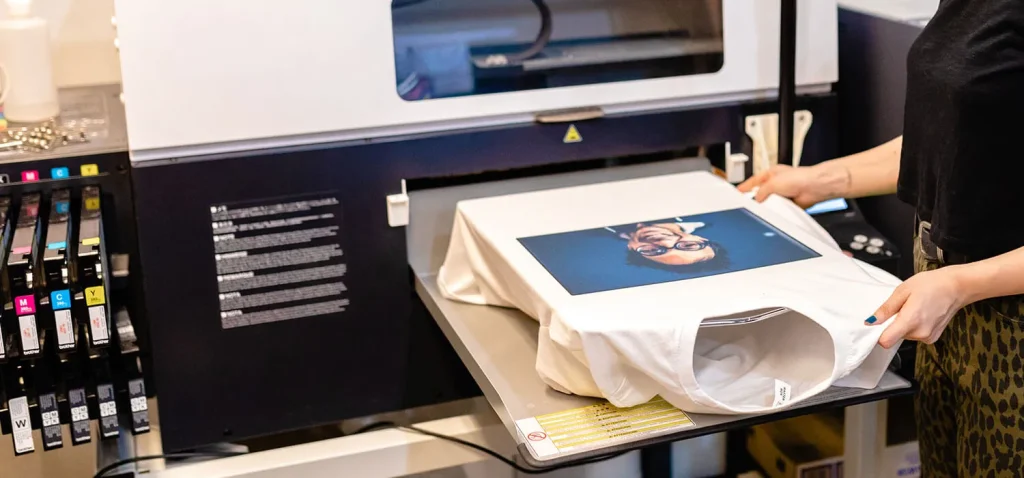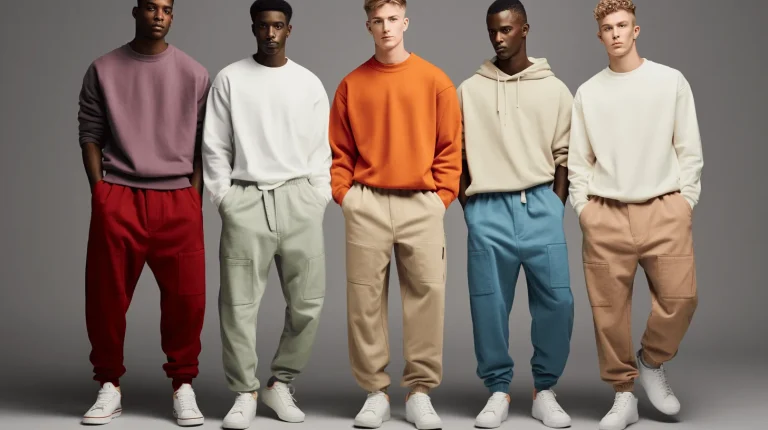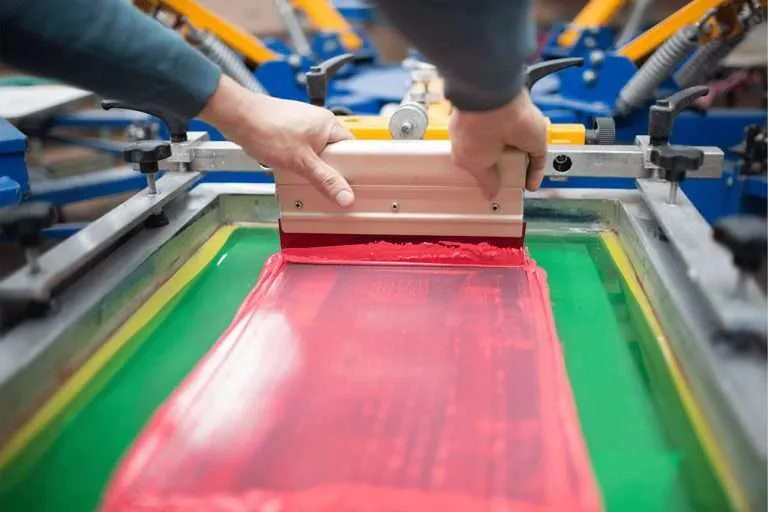Your Reliable High Quality Wholesale Custom Clothing Manufacturers

Silk Screen Printing vs. DTG Printing
When it comes to creating custom apparel, especially t-shirts, the printing method you choose can significantly impact the final product. Two of the most popular printing techniques in the industry are silk screen printing and Direct-to-Garment (DTG) printing. While both methods can produce high-quality designs, they are tailored for different needs and applications. Understanding the key differences between these two techniques is crucial in deciding which is best for your project. This guide delves deep into the nuances of silk screen printing and DTG printing, exploring their strengths, limitations, and ideal use cases.
Understanding Silk Screen Printing
Silk screen printing, often simply referred to as screen printing, is one of the oldest and most widely used methods of printing on textiles. This technique involves creating a stencil (or screen) for each color in the design. Ink is then pushed through the screen onto the fabric, layer by layer, to build the final image. The result is a vibrant, durable design with a high level of detail.
One of the standout features of silk screen printing is its ability to produce bold, opaque colors that stand out on virtually any fabric. The ink sits on top of the fabric rather than being absorbed, which creates a slightly raised texture. This technique is particularly effective for designs with solid blocks of color or minimal gradients.
However, silk screen printing requires significant setup time and resources, especially for multicolored designs. Each color in the design requires its own screen, making the process more labor-intensive and less cost-effective for small orders. As a result, silk screen printing is often preferred for bulk production.
Understanding DTG Printing
Direct-to-Garment (DTG) printing is a modern digital printing method that works much like a regular inkjet printer but for fabric. Using specialized machines, DTG printing applies water-based inks directly to the garment’s surface. The ink is absorbed into the fabric fibers, resulting in a soft, smooth finish with no raised texture.
What sets DTG printing apart is its ability to produce highly detailed and colorful designs. It excels at printing complex images, such as photographs or intricate patterns with gradients. Unlike silk screen printing, DTG doesn’t require a separate setup for each color, making it ideal for small orders or one-off designs.
However, DTG printing is not without its limitations. While it offers exceptional detail and flexibility, it is generally slower than screen printing, which can make it less efficient for large-scale production. Additionally, DTG works best on light-colored, 100% cotton garments, as the ink adheres more effectively to natural fibers.

Durability: Which Method Lasts Longer?
Durability is a key consideration when choosing a printing technique. In this regard, silk screen printing often has the upper hand. The thicker ink layers applied during screen printing are more resistant to fading, cracking, or peeling, even after repeated washes. This durability makes it a preferred choice for work uniforms, sportswear, or other items that require heavy-duty use.
DTG printing, while producing high-quality prints, may not match the longevity of screen printing. Since the ink is absorbed into the fabric rather than sitting on top, the design can fade more quickly, especially if the garment is not washed and cared for properly. However, advancements in DTG technology and the use of pre-treatment solutions have significantly improved its durability in recent years.
Color Vibrancy and Design Complexity
When it comes to color vibrancy, silk screen printing shines for designs that rely on bold, solid colors. The inks used in screen printing are thicker and more opaque, ensuring that the colors pop even on dark fabrics. This makes it the go-to method for logos, slogans, or any artwork with high-impact visuals.
DTG printing, on the other hand, excels in handling complex, multicolored designs. Its ability to reproduce intricate details, gradients, and photo-realistic images is unmatched. For designs that require multiple shades or subtle transitions, DTG offers unparalleled precision. However, on dark fabrics, the vibrancy of DTG prints may be slightly reduced compared to screen printing unless a white underbase is applied.
Cost Considerations: Bulk Orders vs. Small Runs
The cost of printing is another critical factor to consider, and it often depends on the size of the order. Silk screen printing becomes more cost-effective as the order size increases. Once the screens are set up, the actual printing process is quick and efficient, making it ideal for bulk production. The initial setup costs, however, can be high due to the need for multiple screens and stencils for multicolored designs.
DTG printing, on the other hand, is more cost-effective for small runs or one-off designs. Since it doesn’t require extensive setup, you can print a single garment or a small batch without incurring additional costs. This flexibility makes DTG an excellent choice for personal projects, custom gifts, or limited-edition merchandise.
Material Compatibility
Silk screen printing is highly versatile and works well on a wide range of materials, including cotton, polyester, blends, and even non-textile surfaces like wood or plastic. Its adaptability makes it suitable for a variety of products, from t-shirts and hoodies to tote bags and promotional items.
DTG printing, however, performs best on natural fibers like 100% cotton. While it is possible to print on blended fabrics or polyester, the quality may not be as consistent. For vibrant, high-quality prints, sticking to cotton garments is recommended.

Production Speed
When it comes to production speed, silk screen printing takes the lead for large orders. Once the screens are prepared, printing each item is quick and efficient, allowing for rapid production of hundreds or even thousands of garments.
DTG printing, while efficient for small batches, is slower in comparison. Each garment needs to be printed individually, and the process can take several minutes per shirt, depending on the complexity of the design. This makes DTG less suitable for large-scale production where speed is a priority.
Environmental Impact
Sustainability is becoming increasingly important in the apparel industry. Silk screen printing often generates more waste due to the use of screens, inks, and cleaning chemicals. However, many screen printing companies are adopting eco-friendly practices, such as using water-based inks and recycling materials.
DTG printing, on the other hand, is considered more environmentally friendly, particularly when water-based, non-toxic inks are used. It generates less waste since there is no need for screens or excessive materials. This makes DTG a greener option for environmentally conscious consumers and businesses.
Which Method Should You Choose?
The choice between silk screen printing and DTG printing ultimately depends on your specific needs. If you’re producing a large quantity of garments with a simple design and want vibrant, durable prints, silk screen printing is the way to go. Its cost-effectiveness for bulk orders and long-lasting results make it a favorite for businesses, sports teams, and event organizers.
If you’re looking to create small batches or highly detailed, colorful designs, DTG printing is your best bet. Its flexibility, ability to handle intricate artwork, and minimal setup requirements make it ideal for personal projects, custom gifts, or experimental designs.
Conclusion
Silk screen printing and DTG printing are both excellent methods for creating custom apparel, each with its strengths and limitations. By understanding the nuances of these techniques, you can make an informed decision that aligns with your goals, budget, and aesthetic preferences. At Top Fit Clothing, we specialize in both silk screen printing and DTG printing, ensuring you get the best possible results for your custom apparel needs. Whether you’re producing bulk orders or one-of-a-kind designs, we have the expertise and technology to bring your vision to life.






